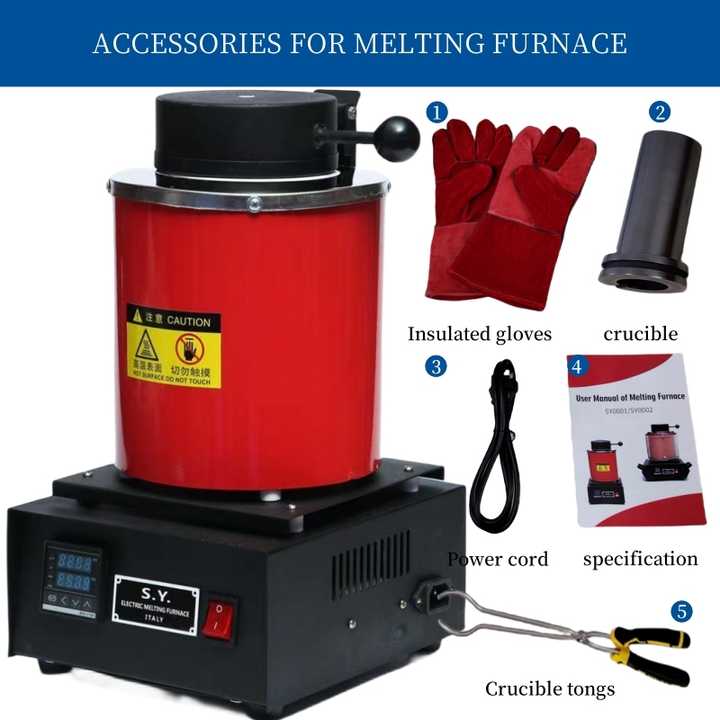gold smelting tools
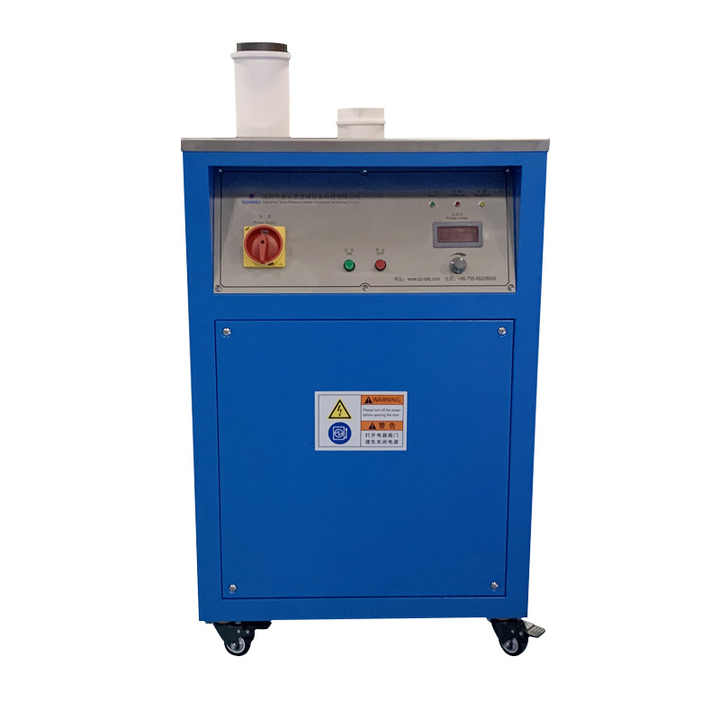

A Comprehensive Overview of Gold Smelting Tools
Gold smelting is an ancient practice that has evolved into a sophisticated process in modern metallurgy. The success of smelting gold depends not only on the equipment used but also on the quality and effectiveness of the tools employed. For both hobbyists and industrial smelters, having the right gold smelting tools is essential to achieving precision and safety. In this article, we will explore the essential tools required for gold smelting, their functions, and how they contribute to the overall efficiency of the smelting process.
Understanding Gold Smelting Tools
Gold smelting tools refer to the specialized instruments used to handle molten gold, control temperatures, and ensure safety during the smelting process. These tools are designed to withstand high temperatures and facilitate the safe manipulation of molten materials. From crucibles to tongs, thermometers to molds, each tool has a specific role in making the gold smelting process efficient and successful.
Crucibles: Key Containers for Smelting
Crucibles are one of the most vital gold smelting tools. They are heat-resistant containers designed to hold and melt gold ore or scrap under extremely high temperatures. Crucibles are made from durable materials such as graphite, ceramic, or clay, which can withstand the intense heat necessary for smelting.
- Graphite Crucibles: Known for their excellent thermal conductivity, graphite crucibles help distribute heat evenly, ensuring a consistent smelting process.
- Ceramic Crucibles: These crucibles are favored for their durability and ability to withstand repeated exposure to high temperatures.
Choosing the right crucible depends on the scale of the operation and the type of furnace being used.
Tongs: Essential for Handling Crucibles
Tongs are another indispensable part of the gold smelting toolkit. These tools are used to safely lift and move crucibles containing molten gold. Since gold smelting involves extremely high temperatures, tongs must be made from heat-resistant materials such as steel or cast iron to ensure safe handling.
- Crucible Tongs: Designed to securely grip the edges of crucibles, these tongs allow for the easy transfer of molten materials without spillage.
- Ingot Tongs: Used for handling molds and ingots once the gold has been poured and begins to cool.
Proper use of tongs ensures that the smelting process is both safe and efficient, reducing the risk of accidents or burns.
Ladles for Pouring Molten Gold
Ladles are specialized gold smelting tools used to transfer molten gold from the crucible to molds. These ladles are crafted from materials that can withstand high temperatures, such as cast iron or steel. Ladles come in various sizes, depending on the amount of molten gold being handled.
- Small Ladles: Ideal for small-scale operations or hobbyists.
- Large Ladles: Used in industrial operations where large quantities of molten gold need to be transferred at once.
The design of the ladle’s bowl ensures a smooth pouring process, minimizing spillage and ensuring precision when transferring gold into molds.
Thermometers for Temperature Control
Precise temperature control is critical in the gold smelting process, and this is where thermometers come into play. High-temperature thermometers are used to monitor the temperature inside the furnace or crucible, ensuring that the gold melts at the correct temperature without overheating or underheating.
- Digital Thermometers: These provide an accurate reading of the temperature, allowing for real-time monitoring during the smelting process.
- Infrared Thermometers: Non-contact thermometers that can measure the temperature of the molten gold from a distance, ensuring safety.
Using a reliable thermometer helps maintain the right temperature for smelting, which is crucial for achieving pure, high-quality gold.
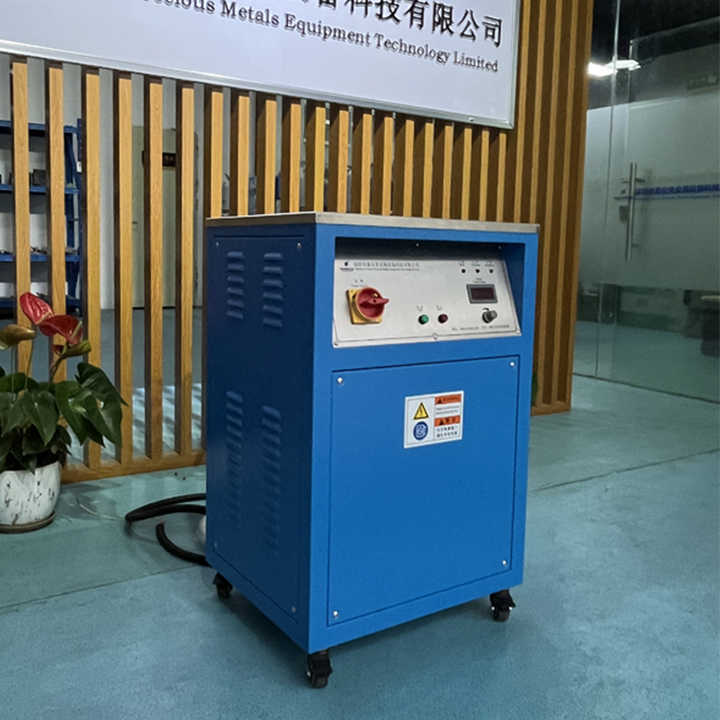
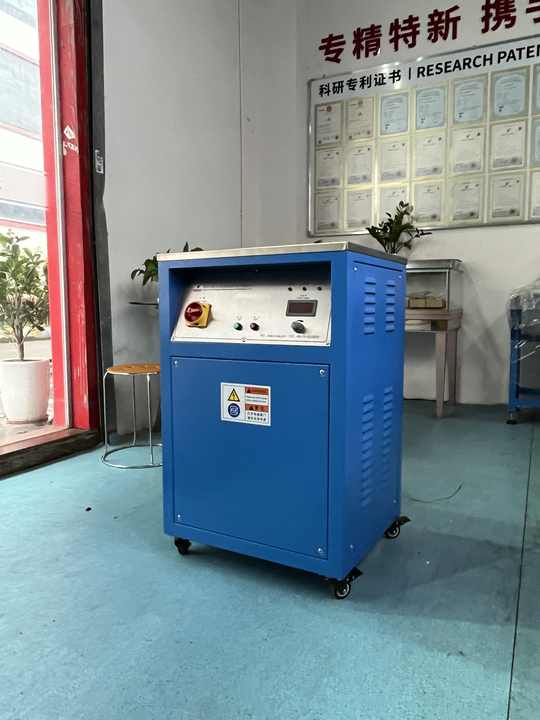
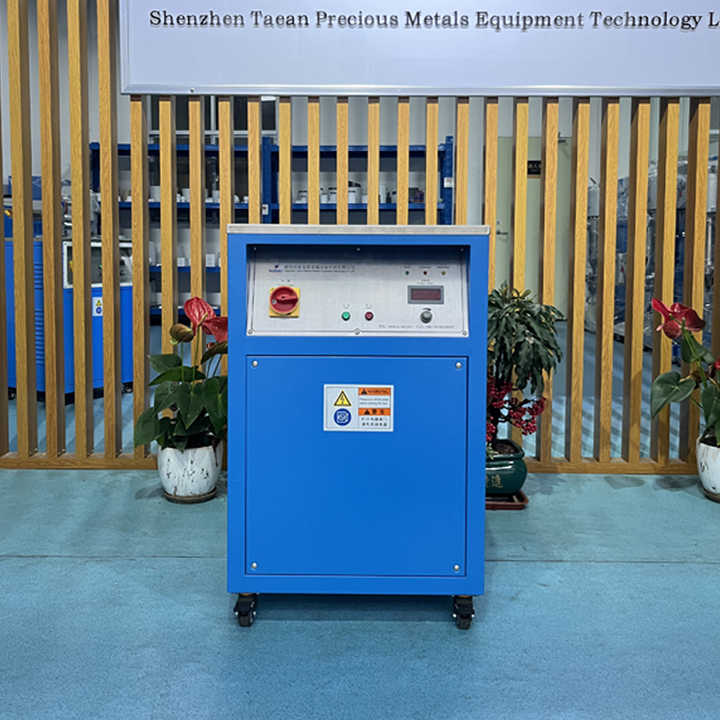
Molds: Shaping the Gold
After the smelting process is complete, the molten gold needs to be poured into molds to cool and solidify. Molds are essential gold smelting tools used to shape the gold into bars, ingots, or custom designs. Molds are typically made from materials like graphite or cast iron, which can withstand the heat of the molten gold.
- Graphite Molds: Graphite molds are commonly used due to their ability to handle high temperatures and create smooth, precise shapes.
- Cast Iron Molds: Known for their durability, cast iron molds can be used repeatedly without losing their integrity.
Molds come in various shapes and sizes, allowing smelters to produce gold bars or ingots according to their specific needs.
Safety Tools for Gold Smelting
Safety is a top priority when working with molten gold, and having the right safety tools is essential. These tools are designed to protect the smelter from burns, fumes, and other hazards associated with the smelting process.
- Heat-Resistant Gloves: These gloves are crucial for handling hot tools and materials, providing protection from burns.
- Face Shields: Full-face shields protect the smelter from splashes of molten gold and heat exposure.
- Fireproof Aprons: Worn to protect the body from intense heat and accidental spills.
Investing in high-quality safety tools not only ensures the well-being of the smelter but also contributes to a more efficient smelting process by allowing the operator to focus on the task without fear of injury.
The right set of gold smelting tools is essential for any smelting operation, whether for industrial-scale production or small-scale hobbyist projects. From crucibles and tongs to ladles and molds, each tool plays a crucial role in ensuring the smelting process runs smoothly, safely, and efficiently. With the proper tools, smelters can achieve the highest levels of precision and safety, resulting in pure and well-formed gold products.












